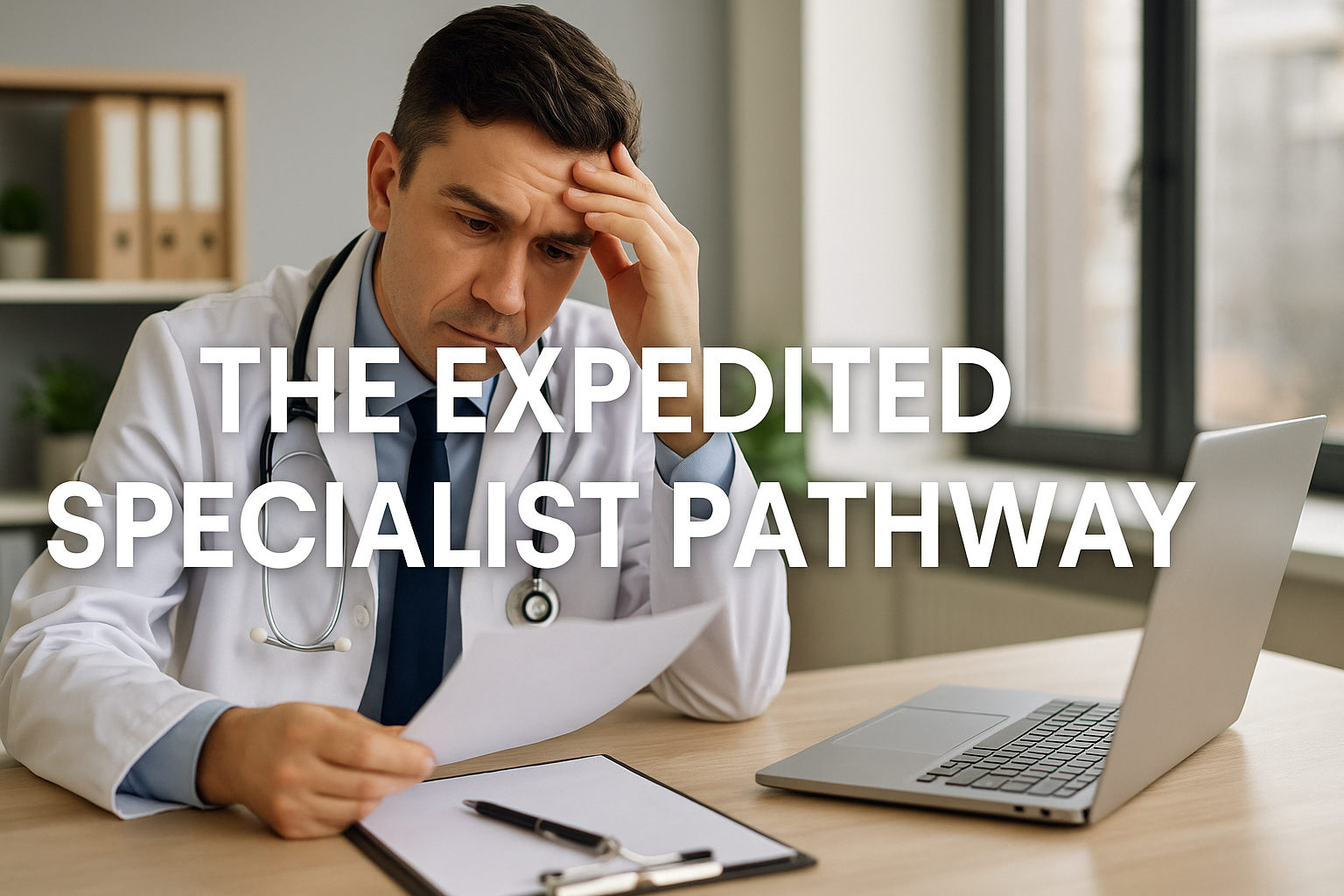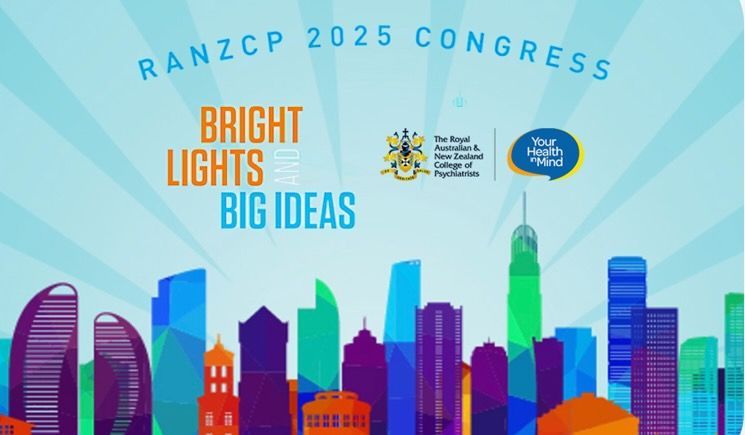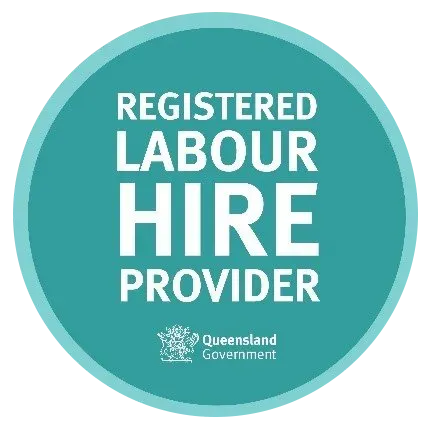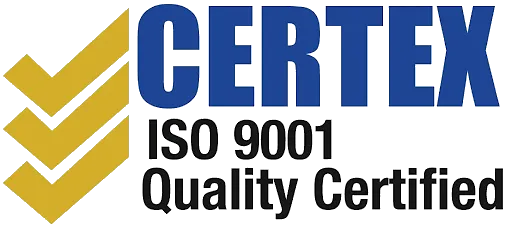Telehealth is on the rise, but is it good for us?

Telehealth is on the Rise, but is It Good for Us
In today’s digital age, the rise of telehealth modes is on the increase … and inevitable. Think Telstra’s ‘Telehealth’ or this recent article in New York Times – Modern Doctors’ House Calls: Skype Chat and Fast Diagnosis.
Virtual Medicine
Essentially both concepts are referring to ‘virtual medicine’ where a patient can connect with a doctor virtually without having to go into a clinic for a checkup and being able to receive a diagnosis and in most cases a prescription online.
Telemedicine as it’s known can be most useful for simple things (for example repeat scripts) and basic care when it is inconvenient to visit a doctor in person, out of standard clinic hours or in a remote or rural community with limited doctor services available.
Issues with Telehealth
There are several key issues with Telemedicine.
- The world is moving towards an integrated health model as best practice. Telemedicine is almost the opposite approach which will provide a fragmented and uncoordinated approach to healthcare.
- Staff turnover could potentially be huge. A patient may never speak to the same doctor twice. As mentioned in the New York Times article the patient chose a doctor simply because of “a trustworthy face”. Many GPs will be reluctant to use this.
- There are questions regarding software integration with other health practitioners’ notes and the patient’s medical history.
- Older patients and those in rural areas may not have adequate IT skills to do this.
- There is a massive danger of symptoms being missed due to a lack of physical examination – by feel, by smell, by empathy and the over-subscribing of antibiotics as a ‘quick fix’.
In cases of follow up care, long term care and where a doctor already knows a patient there are can definitely be merits in Telehealth and if managed correctly can actually enhance health care.
However at this point in time it is recommended that pro-telemedicine doctors and patients proceed with caution and should only try to conduct virtual health care within an established doctor/patient relationship where possible.









